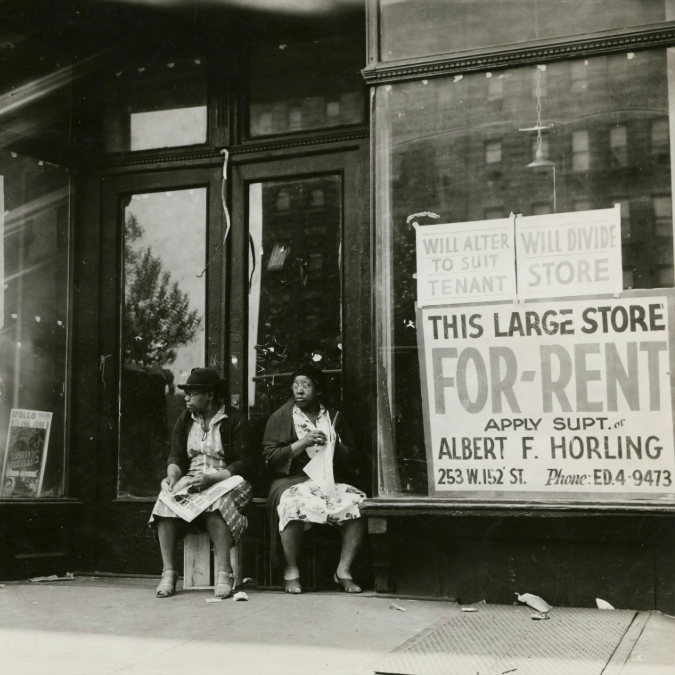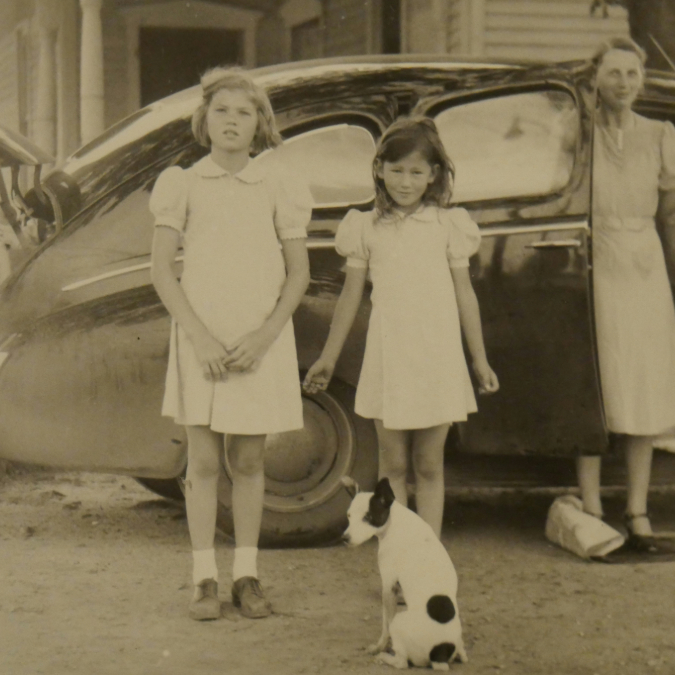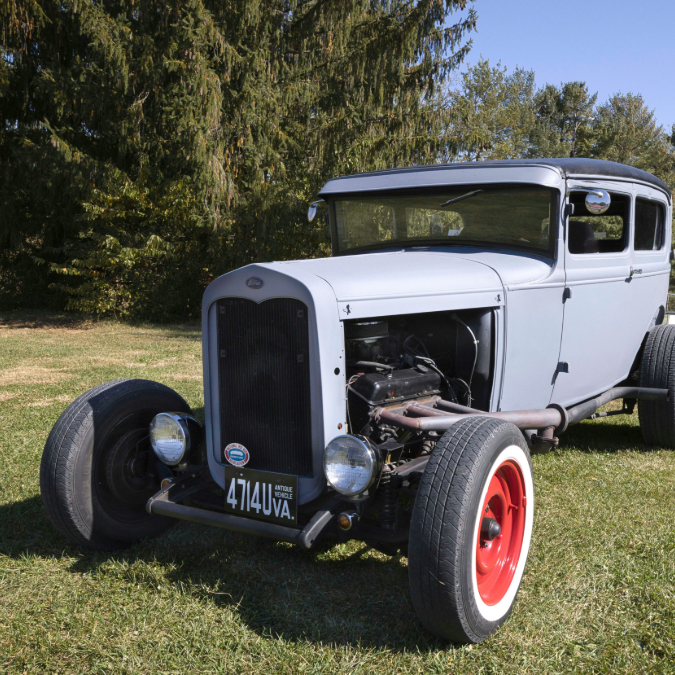According to The Hill, social media influencers have claimed that the economy in 2023 was worse than the cost of living in 1930. Clearly, they don’t know enough about the Great Depression and the struggles American families faced!
The 1929 stock market crash and the bank panic that began in the fall of 1930 both helped kick off the Great Depression. Due to the market crash and cascade of bank failures, many Americans lost both their jobs and savings all at once.
By 1932, one out of every four workers was unemployed according to the Library of Congress. Many people began traveling in search of work and living in shanty towns called Hoovervilles. To get a full picture of this extremely challenging time in American history, let’s take a closer look at the cost of living in 1930.
The Cost of Living in 1930
According to History.com, the stock market crash made the general public anxious about impending financial disaster and kicked off a series of bank runs starting in 1930. Believe it or not, between a third and half of all US financial institutions failed during this time. The closures mainly occurred because financial institutions didn’t have enough cash reserves on hand to cover the loss of deposits from the bank runs. In many cases, the Fed failed to step in as a lender of last resort, causing an alarming number of banks to collapse.
Due to these bank failures, many Americans lost their life savings. Could you imagine how financially devastating that must’ve been? The remaining banks also stopped lending in an effort to protect themselves from failure, so businesses couldn’t access capital and had to close their doors. This caused unemployment to rise, leaving millions of Americans without work and savings.
It’s easy to see why the money supply and demand for all types of consumer goods and services dropped, leading to deflation. Although prices fell during the 30s, it didn’t make it easier for the average American family to get by because so many people lost their jobs. Now that you understand the terrible economic climate of the time, let’s take a closer look at the cost of living in 1930.
Cost of Food in 1930
We’ve all seen photos of the bread lines that formed during the Great Depression. Widespread hunger was a sad consequence of the dire economic conditions and high unemployment rate. Hunger marches even began around 1931 to bring political attention to the fact that most Americans were going without.
As you look at these grocery prices from the 1930s, remember that the average annual income in 1930 was only $1,970, and that’s if you could find work.
Item | ||
| Sliced Bacon | $0.38/lb | $6.56/lb |
| Steak | $0.22/lb | $7.88/lb |
| Potatoes (10 lbs) | $0.19 | $8.80 |
| Sugar (10 lbs) | $0.49 | $9.80 |
| Dozen Eggs | $0.18 | $2.52 |
| Box of Cereal | $0.08 | $5.39 |
| Cheese | $0.23/lb | $5.72/lb |
| Loaf of Bread | $0.05 | $2.00 |
| Box of Cookies | $0.27 | $3.29 |
| Whole Chicken | $0.20/lb | $1.95/lb |
| Lettuce | $0.07/lb | $2.56/lb |
| Oranges | $0.07/lb | $1.32/lb |
| Chuck Roast | $0.15/lb | $7.35/lb |
| Large Can of Beans | $0.13 | $2.19 |
Cost of Major Purchases in 1930
As you can imagine, most Americans probably weren’t making major purchases in 1930. They were focused on cobbling together enough work to hopefully feed and house their family. The cost of living in 1930 may seem cheap to us today because home and vehicle prices were lower. However, it’s important to remember just how devastating the economic conditions were at the time.
In other words, none of us would want to go back to the Great Depression. The average American is undoubtedly better off today.
Item | |
| Monthly Rent | $18 |
| New Car | $640 |
| New House | $7,145 |
| Gas | $0.10 per gallon |
| College Tuition | $400 per year |
Cost of Entertainment in 1930
The Roaring Twenties was a time of relative economic prosperity, but that all ended when the stock market crashed in 1929. Some Americans couldn’t even afford their favorite pastime of going to the movies during the 30s, causing more than a third of cinemas to close.
To distract themselves from the hard times they faced, families played popular board games like Scrabble and Monopoly at home. Many households also owned a radio, so they listened to broadcasts like soap operas and sports games. Swing music was also popular at the time.
The only recreational businesses that seemed to thrive during the Great Depression were mini golf courses. Vacant commercial spaces from failed businesses could easily and cheaply be converted into courses, starting a mini golf boom that took off throughout the country.
Item | 1930s |
| Round of Mini Golf | $0.25-$0.50 |
| Emerson Radio | $9.95 |
| Puzzle | $0.25 |
| Movie Ticket | $0.25 |
| Girls’ Frock | $2.98 |
Do you have any family stories about the cost of living in 1930 and the Great Depression? Let me know in the comments.
Read More
What Was The Cost of Living in 1956?
What Was The Cost of Living in 1962?

Vicky Monroe is a freelance personal finance and lifestyle writer. When she’s not busy writing about her favorite money saving hacks or tinkering with her budget spreadsheets, she likes to travel, garden, and cook healthy vegetarian meals.




